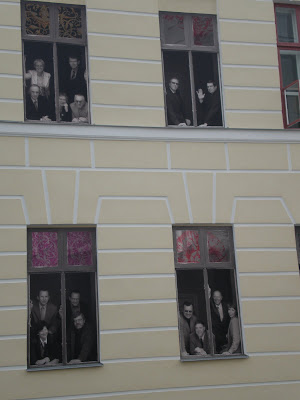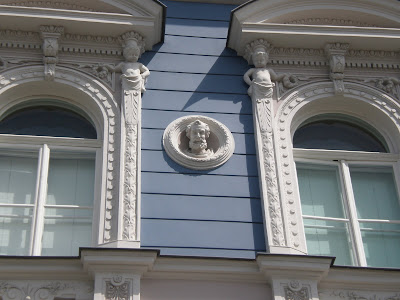In earlier periods we witnessed the rise of radio, and then television, now with the dawn of the Internet era there has been extensive speculation about the potential consequences of this development for news, media, political campaigns, and civic society.
Internet led to a prospective transformation in the major sources of rise in online newspapers, broadband television and radio, and new forms of interaction like online forums, discussion boards. At social level, the new technologies have also proved critical to economic development in societies. An analysis based on Gemius audience research for the period of 2006 and 2008 exposes two main trends leading the Estonian Internet. It has revealed a significant increase firstly in the rate of older groups of Internet users. Furthermore, as the results indicate, secondly Estonian Internet users began to earn more.
Ninety-five percent of banking is done over the Web. Two Internet powerhouses — the Skype online phone network and the Kazaa file-sharing system — as well as the technology behind Baidu (the Chinese search engine) were invented by savvy Estonians.
Estonian citizens pay their 21 percent national flat tax online in a just few minutes. Though the bad part for the H&R Block, Estonia, with its 1.3 million population is that it has little labor to spare for paperwork.
In 2000 Estonia become the first country in the world to adopt a system of e-governance. The online system works through use of an electronic identification card. Since 2002 the card has been mandatory for all Estonia residents older than 15. The card is intended as a means of proving one's identity at any place--from banks to government offices--that normally requires identification to process forms or transactions.
The government works heavily online, with cabinet meetings run using a paperless Web-based system, and draft bills posted online for comment by citizens. More than 70 percent of Estonians now conduct their banking online, with many of them using a mobile phone service instead of a PC connection, according to a recent survey.
"It is time to say that electricity and the Internet are very similar in end users' eyes," says Veljo Haamer. In Estonia Wi-Fi is setup in cafes, hotels, hospitals, city parks, local governments, airport and even major gas stations to start offering Net access, helping to design and set up the networks
Under Tiger Leap project all Estonian schools got computers and went online. This project objective was to modernize the educational system in the country by introducing information and communication technology. And also to decrease the differences in education between the capital city and other parts of Estonia, and to give the children living on small islands equal chances to obtain more knowledge. It builds up structures for distance learning and continuous learning for teachers and students.
The Internet as a whole is an extraordinarily serious topic in Estonia. The country's policy-makers have dedicated substantial resources to modernizing Estonia's technological infrastructure over the last decade, and have been widely applauded by international economic groups for their efforts. Specifically this study would compare the social characteristics of net users in Estonia and the Baltic’s, examining the evolution of the information society and the online community.
Estonia's well-educated, wired workforce is a key asset for foreign investors, especially for its Nordic neighbours Sweden and Finland. Liberal economic policies, low taxes and low wages are also ringing the changes.
“Turnover of internet marketing in Estonia increased last year by 70%”. In this era weblog and wikis are been used in classrooms and in other field to enhance literacy and critical thinking skills. Internet is changing society and helping transformation of Estonia.
Due to low prices and a dynamic market, Estonia is booming in Internet usage. The growth of the Estonian economy has been fast and steady and today it is an attractive market for business perspectives. The basic engine for Estonia's e-revolution was the internetization of all schools in the course of the Tiger's Leap project and the development of Internet banking. In today's Estonia 66 percent of the population uses the Internet, and more than half of households have a home computer, of which 90 percent are connected to the Internet.
Internet Usage Statistics:
760,000 Internet users as of Aug./07, 57.0% of the population, according to the ITU.
Latest Population Estimate:
1,332,987 population for 2007, according to world-gazetteer.
The new information technology is becoming an important factor in the future development of financial services industry, Private sectors and especially banking industry. Advantage of new technology opportunities, change the ways customers interact with the financial services provider.
The goal of Internet in marketing is to get attention by making the product or service visible to those who search thus analyzing the wishes and habits of the target audience and since the goal is to keep them browsing. Internet doesn’t distinguish rich and poor, big and small, people and companies - everyone is equal. It’s still probably good, but better if one knows how to make oneself visible.
when the heart corrects itself
8 years ago





































































